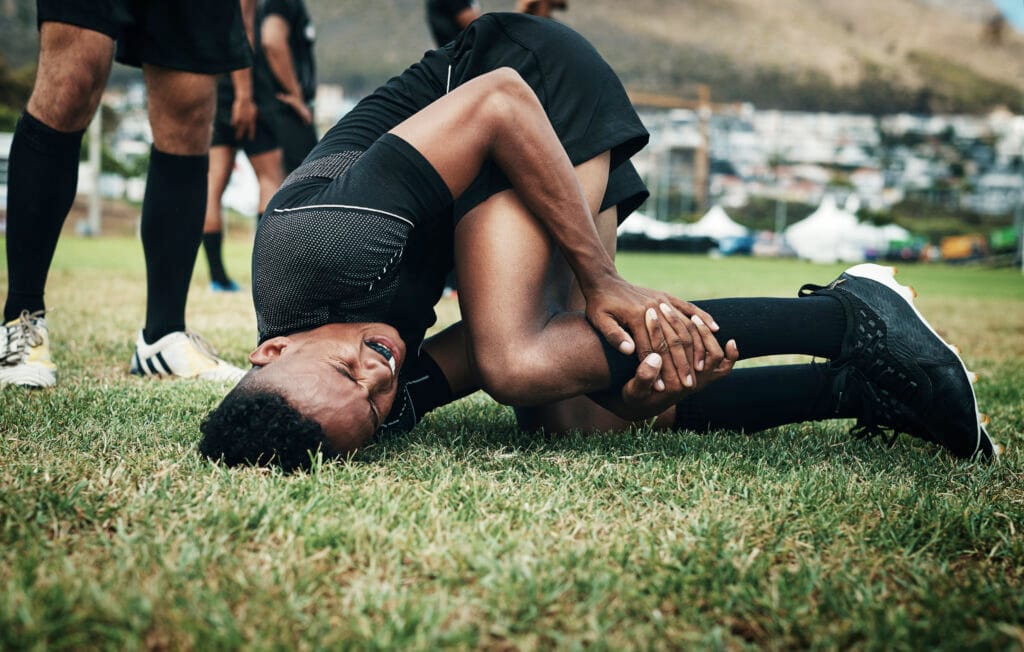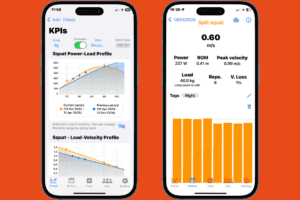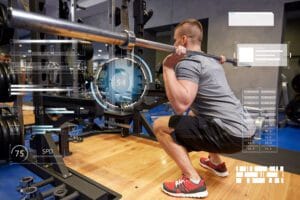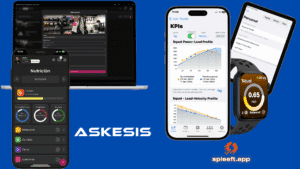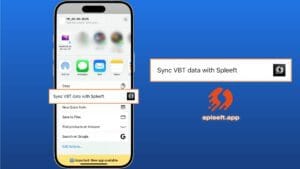Injuries are a reality every athlete dreads, as they not only halt physical progress but also challenge mental resilience. The journey to recovery often feels long and uncertain, with obstacles like loss of motivation, recurring pain, and the fear of re-injury. Managing injuries effectively demands a comprehensive strategy that combines an understanding of injury mechanisms, effective prevention techniques, and cutting-edge technology like Spleeft App, which empowers athletes with precise training data.
This guide will delve into injury prevention, highlight the importance of maintaining motivation, and explain how Spleeft’s advanced features, such as the calc 1RM (one-repetition maximum) and optimal training load, revolutionize injury recovery and prevention.
DOWNLOAD SPLEEFT APP NOW FOR iOS, ANDROID AND APPLE WATCH!
Managing and Motivating an Injured Athlete
Why Do Injuries Have Such a Profound Impact?
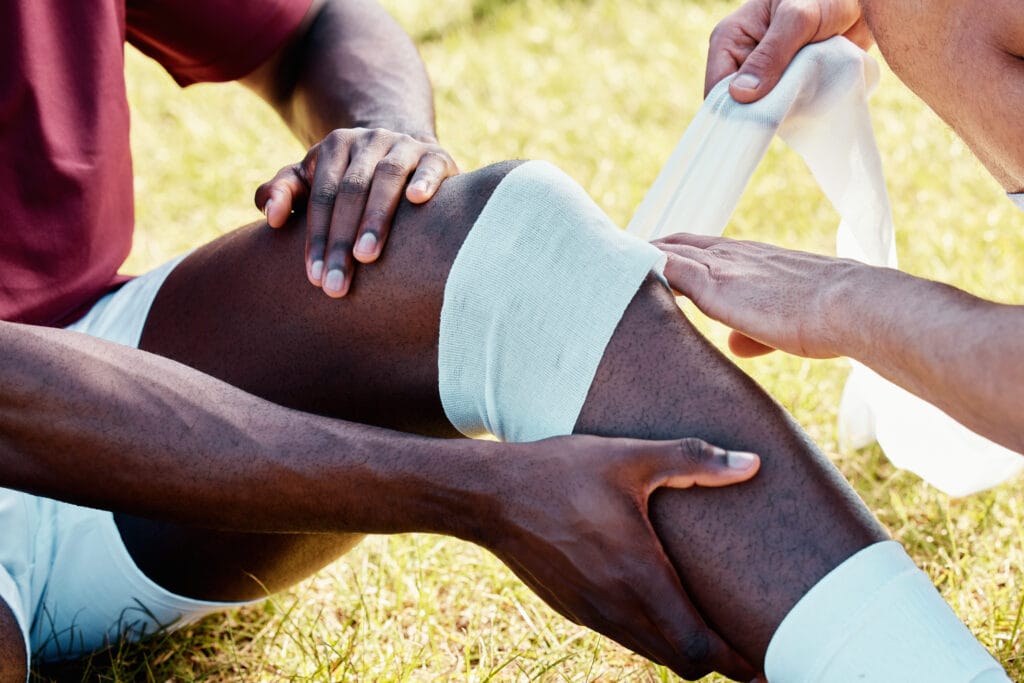
The Physical and Emotional Toll of Sports Injuries
When athletes are injured, the immediate focus is frequently on physical recovery. However, the consequences extend far beyond the body. Athletes frequently face psychological challenges, such as a loss of identity, frustration over slow progress, and fear of never returning to their peak performance.
Physical Challenges:
- Loss of Muscle Strength and Mobility: Immobilization due to injuries leads to rapid muscle atrophy, requiring targeted rehabilitation.
- Compensatory Movements: To avoid pain, athletes often develop poor movement patterns, increasing their risk of further injuries.
- Prolonged Recovery Timelines: Especially for injuries like ACL tears or Achilles ruptures, recovery can take months, testing the athlete’s patience and commitment.
Psychological Struggles:
- Statistics on how many athletes lose motivation from injury recovery show that motivation drops significantly, especially in the early weeks. A study found that up to 40% of athletes report feeling demotivated, particularly when progress seems slow.
- Anxiety and Fear of Re-Injury: Athletes may hesitate to fully engage in their sport, fearing that returning too soon could worsen their condition.
The Role of Motivation in Injury Recovery
The Struggles of Recovery: From “Injured Halfling on the Run” to Full Wellness
The phrase “injured halfling on the run” captures the vulnerability that many injured athletes feel. Much like a halfling struggling to keep pace while carrying wounds, athletes often battle limitations, uncertainty, and the fear of never fully recovering. This metaphor highlights the need for targeted support systems and personalized recovery strategies to ensure they can reclaim their strength and confidence.
Central to recovery is the concept of “injured athlete wellness,” which goes beyond physical rehabilitation. It encompasses mental resilience, emotional stability, and social connection. Addressing these facets holistically is critical for ensuring a sustainable and successful recovery. For example, maintaining motivation through visible progress, celebrating small victories, and using tools like the Spleeft app to provide real-time feedback can bridge the gap between feeling lost and regaining control.
Why Athletes Lose Motivation
Motivation is critical during the recovery process, yet maintaining it can be challenging. Factors contributing to this include:
- Unrealistic Recovery Timelines: Overpromising quick recovery often leads to frustration when expectations aren’t met.
- Lack of Progress Visibility: Without tools to track small improvements, athletes may feel their efforts are in vain.
- Isolation: Injured athletes frequently feel disconnected from their team, losing the camaraderie that once fueled their drive.
How to Sustain Motivation
1. Using Spleeft App to Monitor Progress
One of the most effective ways to keep athletes motivated is by using tools like Spleeft, which provides real-time feedback on key metrics. For example, the app tracks:
- 1RM Calculations: This feature estimates the athlete’s maximum lifting potential, even when injured. By gradually increasing loads, athletes can see tangible improvements in strength over time.
- Optimal Training Load: As seen in the app’s power-load profile, Spleeft automatically calculates the load at which an athlete achieves maximum power. This not only prevents overloading but also ensures that every session is efficient and safe.
2. Breaking Down Recovery into Milestones
Rather than focusing on the end goal, set smaller, realistic objectives. For instance:
- Week 1: Achieve full range of motion.
- Week 4: Reintroduce light resistance exercises at 50% of the calculated 1RM.
- Week 8: Progress to heavier loads, guided by Spleeft’s velocity and power data.
3. Involving the Athlete in Decision-Making
Allow athletes to participate in planning their recovery. Ask them which exercises feel most comfortable or adjust their routines based on feedback. This fosters a sense of control and commitment.
Preventing Injuries: A Proactive Approach

Injury Mechanisms and Prevention
Injuries are often caused by a combination of internal and external factors. Faulty biomechanics, such as excessive knee valgus during landing, are among the leading causes of injuries like ACL tears. Fatigue, improper equipment, and environmental conditions further increase risks.
Evidence-Based Prevention Strategies:
- Neuromuscular Training: Exercises that improve control and balance reduce injury risk significantly, especially for lower-body injuries.
- Dynamic Warm-Ups: Pre-activity routines improve flexibility and prepare the body for high-intensity movements, lowering the likelihood of strains and sprains.
- Regular Biomechanical Assessments: Tools like Spleeft allow for detailed monitoring of an athlete’s velocity and movement patterns, identifying inefficiencies before they lead to injury.
How Spleeft Enhances Prevention
1. Precise Velocity Tracking
Spleeft measures the velocity of each rep, ensuring athletes train within safe zones. For example, a sharp drop in velocity across sets can indicate fatigue, prompting adjustments to prevent overexertion.
2. Optimal Load Calculation
The app’s power-load profile identifies the load at which the athlete generates maximum power. Training at this optimal load prevents unnecessary strain while maximizing efficiency.
3. Real-Time Fatigue Monitoring
By analyzing velocity loss, Spleeft alerts athletes when fatigue compromises performance, allowing for immediate intervention.
How Many Athletes Lose Motivation from Injury Recovery?
The Statistics Behind the Challenge
Motivation loss is a common barrier during rehabilitation. Statistics show:
- Up to 40% of athletes report decreased motivation within the first month of recovery.
- 25% experience significant mental health challenges, such as anxiety or depression, directly tied to their injury.
Addressing Motivation Loss
Using Data to Reignite Motivation
One of the standout features of Spleeft App is its ability to track and visualize progress. By showing athletes improvements in velocity, power, and 1RM over time, the app provides tangible proof of progress, which can be incredibly motivating.
Encouraging Realistic Expectations
Setting realistic goals, such as improving power output by a small percentage each week, helps athletes feel a sense of accomplishment without overwhelming them.
Recovery Innovations: Leveraging Technology
Motor Imagery and Action Observation
Modern rehabilitation techniques like motor imagery train the brain to maintain neural connections to injured areas. Similarly, action observation allows athletes to visualize movements, stimulating recovery even when physical activity is limited.
Whole-Body Electrical Stimulation (WB-EMS)
WB-EMS increases energy expenditure and muscle activation, accelerating recovery. Studies show that specific frequencies can improve muscle strength and reduce atrophy during periods of inactivity.
Spleeft App: A Game-Changer for Recovery
Advanced Features for Optimal Recovery
1. 1RM Calculation
Spleeft’s 1RM feature estimates maximum strength without requiring athletes to perform maximum-effort lifts. This is particularly valuable during recovery, as it ensures progress is tracked safely.
2. Power-Load Profiles
As shown in the app, Spleeft identifies the load at which athletes achieve maximum power (e.g., 80.12 kg in the example). Training at this optimal point ensures efficient recovery without risking re-injury.
3. Velocity and Fatigue Analysis
The app tracks velocity across sets and reps, alerting athletes when performance drops below safe thresholds. This prevents overtraining and supports gradual progress.

Building Long-Term Resilience
Supporting Athletes Beyond Recovery
1. Holistic Wellness
Incorporate mental health support, such as mindfulness exercises and sports psychology sessions, into recovery plans. This addresses both the physical and emotional aspects of injury rehabilitation.
2. Preventive Training
Once recovered, athletes can use Spleeft to monitor their training and avoid future injuries by staying within safe velocity and load ranges.
Empowering Recovery with Science and Technology
Injuries are inevitable in sports, but with the right tools and strategies, athletes can overcome these setbacks stronger than before. By addressing issues such as how many athletes lose motivation from injury recovery stats and focusing on injured athlete wellness, we can foster resilience and optimism.
Tools like Spleeft play a pivotal role in this transformation. By offering advanced features like 1RM calculation, power-load profiling, and real-time velocity tracking, Spleeft ensures athletes recover smarter, train safer, and perform better. Whether preventing injuries or guiding recovery, Spleeft is the ultimate companion for every athlete striving to reach their full potential.

Iván de Lucas Rogero
MSC Physical Performance & CEO SpleeftApp
Dedicated to improving athletic performance and cycling training, combining science and technology to drive results.

